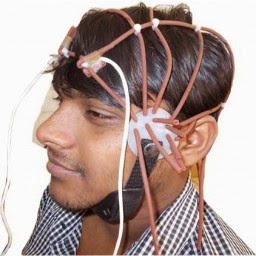Overview
EasyVR is a multi-purpose speech recognition module designed to easily add
versatile, robust and cost effective speech recognition capabilities to
virtually any application. The EasyVR module can be used with any host
with an UART interface powered at 3.3V – 5V, such as PIC and Arduino
boards. Some application examples include home automation, such as voice
controlled light switches, locks or beds, or adding “hearing” to the most
popular robots on the market.
Features
- A host of built-in Speaker Independent (SI) commands
for ready to run basic controls, in the
followings languages:
o English (US)
o Italian
o German
o French
o Spanish
o Japanese - Supports up to 32 user-defined Speaker Dependent (SD) triggers or commands and Voice Passwords. SD custom commands can be spoken in ANY language
- Easy-to-use and simple Graphical User Interface to program Voice Commands and Audio
- Module can be used with any host with an UART interface (powered at 3.3V - 5V)
- Simple and robust documented serial protocol to access and program through the host board
- 3 x GPIO lines (IO1, IO2, IO3) that can be controlled by new protocol commands.
- PWM audio output that supports 8Ω speakers.
- Sound playback of up to 9 minutes of recorded sounds or speech
For More Details & Documentation Please Click Here






